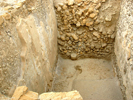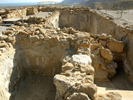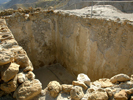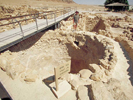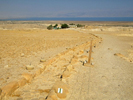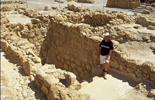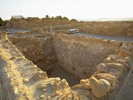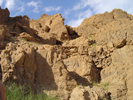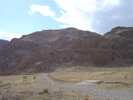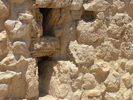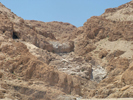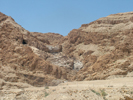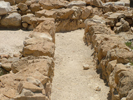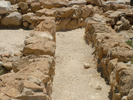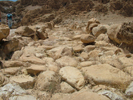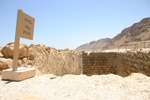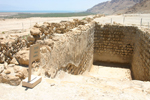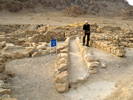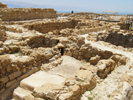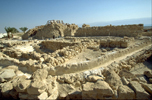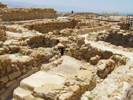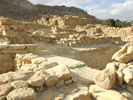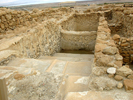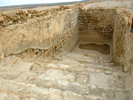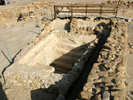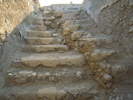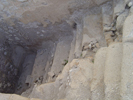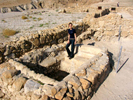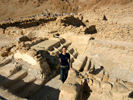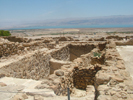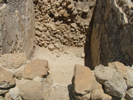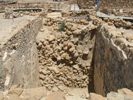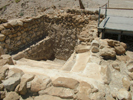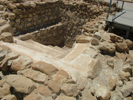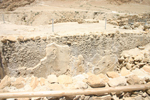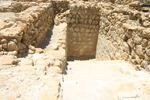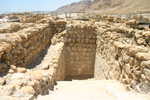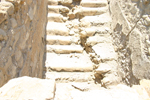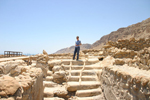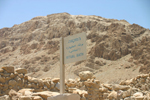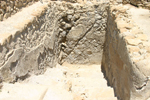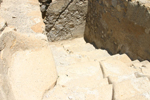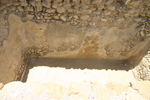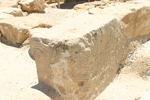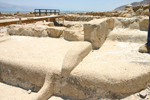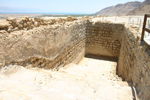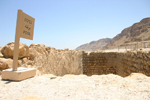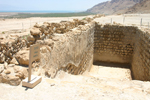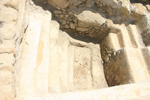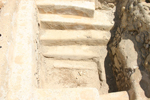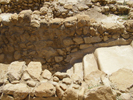Water System

Introduction
The complex water installations at Qumran are best understood in the context of the rituals of the Dead Sea Community. Some scholars have maintained that ordinary needs for water, for drinking and bathing, could have been sufficient cause for the construction of the Qumran aqueducts and cisterns and such. It is more likely that the unusually elaborate provisions for water are a reflection of the sect’s sensitivity to matters of purity as described in the scrolls. (See Ritual Purity).
The numerous stepped baths at Qumran have been identified as Jewish mikva’ot, ritual baths, in which an individual would immerse for purposes of ritual purification. Miqva’ot are found at other contemporary archaeological sites, but not on the same scale as at Qumran. The high number of water installations at Qumran is similar to the abundance of miqva’ot found in the private homes of the Upper City of Jerusalem and near the gates of the Temple Mount. Some of the miqva’ot at Qumran, as in Jerusalem, feature divided staircases, which would have protected those emerging purified from the miqveh from defilement by those descending prior to immersion (see m. Sheqalim 8:2). The installations at Qumran are considerably larger than the private miqva’ot in Jerusalem. Some have two to four dividers, accommodating for more traffic.
The purity of food and drink (and thus of the company who consumed it together) was of the utmost priority for the Qumran Community (see Admission to the Community and the discussion of the the pottery at Qumran on the Pantry page). Clearly, it follows that the water used for purification rites had to be pure. The unusual water system at Qumran would have been well-designed to meet the purification requirements of the Community.
More Info
- J. Magness, “Miqva’ot at Qumran,” in The Archaeology of Qumran and the Dead Sea Scrolls (Grand Rapids: Eerdmans, 2004), 134–162.
- R. Reich “Miqva’ot,” in Encyclopedia of the Dead Sea Scrolls. Edited by Lawrence H. Schiffman and James C. Vanderkam. 2 vols. Oxford: Oxford University Press, 2000, 1:560–563.
